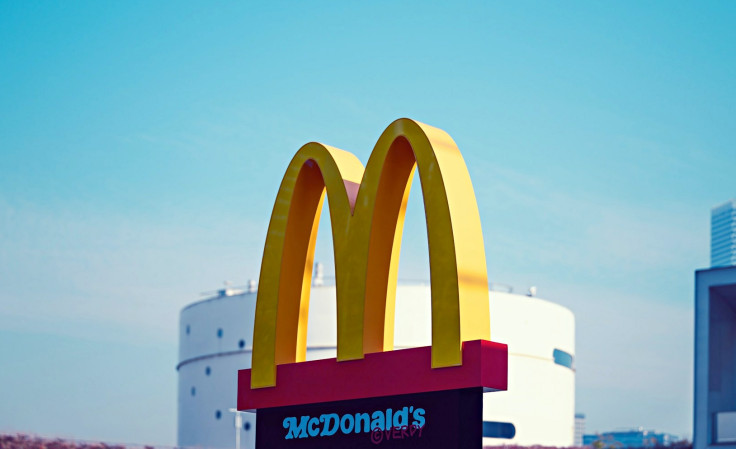McDonald's Pricing Under Fire: Rounding Policy Leaves Cash Buyers Paying More Than Listed
The fastfood chain's new checkout rule sparks outrage and confusion among costumers.

McDonald's has come under scrutiny for implementing a new cash payment system that forces some customers to pay slightly more for their meals. The abrupt introduction of the checkout rule, which involves rounding off totals, has led to widespread confusion among diners.
The popular fast-food chain announced the new rule through notices posted in its U.S. restaurants. According to The New York Post, McDonald's explained that the move is part of its preparation for the planned phase-out of the penny in 2026.
Why McDonald's Says It's Dropping the Penny
The U.S. Mint has placed its final order for penny blanks, and once those supplies run out next year, no new coins will be produced. With penny production officially ending, businesses are now being forced to adapt to the change. McDonald's has already rolled out the rounding system in its restaurants across the country.
The U.S. Treasury plans to stop making pennies next year since it costs almost four cents to produce each one. Other countries, including Australia, Canada, and New Zealand, have already implemented similar rounding systems after removing their smallest coins from circulation.
McDonald's Rounding Rule Sparks Outrage Among Diners
Menu prices will remain unchanged, but cash totals will now be rounded depending on the final bill. What seems like a small adjustment has drawn criticism, as many diners point out they are more likely to be rounded up than down, meaning they end up paying slightly more than the prices shown on the menu boards.
Many customers are calling the rule 'unfair,' saying the rounding system is just a sneaky way to introduce a 'hidden price hike.' They said it is likely they would be charged with higher amounts more often than not.
Uppooohhh… It’s a Nationwide penny shortage. Ishh getting real in the field 😂😂😂😂 #facebookpost #post #cdl #otr #trucking #america #funny
Many diners say they are confused by the new checkout rule, saying McDonald's rolled it out suddenly and without a clear explanation. In any case, in response to the criticisms for the rounding of totals, the company insists that the change is not just about the phase out of pennies, but it is also intended to make cash transactions simpler and more efficient.
Some of the comments from frustrated customers read: 'Not sure how this is legal — the price on the board should be what we pay' while another one said, 'Class action lawsuit against the round downs. Literally stealing.'
The New Rule: How the Bill Totals Are Rounded Off
Customers paying with credit cards or digital methods are unaffected by McDonald's new 'rounding rule.' Their totals remain exactly as displayed on the point-of-sale (POS) system. However, those who pay in cash may notice slight differences in their final amount due.
According to the notice displayed in McDonald's restaurants, bills ending in odd cents will be rounded either up or down to the nearest five or ten cents. To make it clearer and easier to understand, here's how the rounding system works:
- Totals ending in 1 or 2 cents are rounded down to the nearest 0 cents
- Totals ending in 3 or 4 cents are rounded up to 5 cents.
- Totals ending in 6 or 7 cents are rounded down to 5 cents.
- Totals ending in 8 or 9 cents are rounded up to 10 cents.
- Totals ending in 0 or 5 cents remain unchanged.
© Copyright IBTimes 2025. All rights reserved.





















